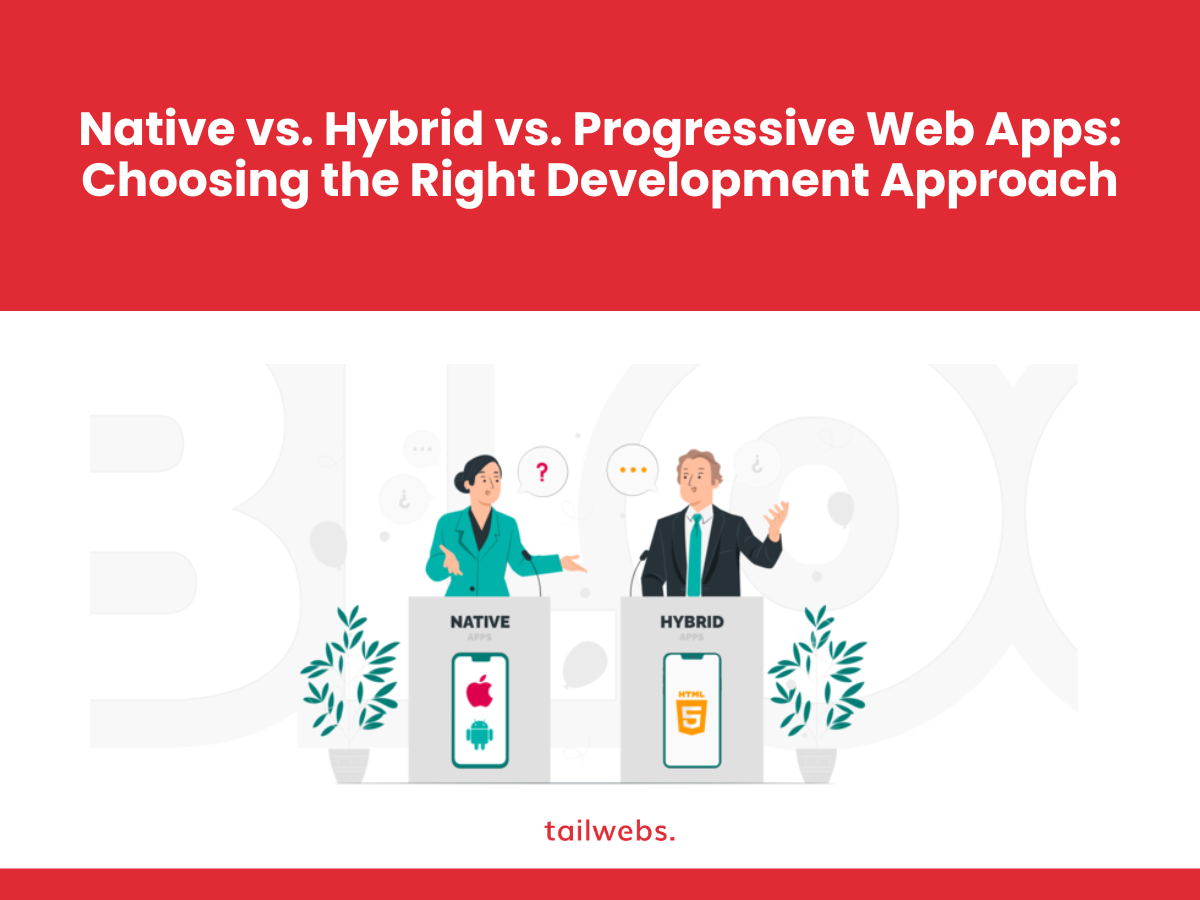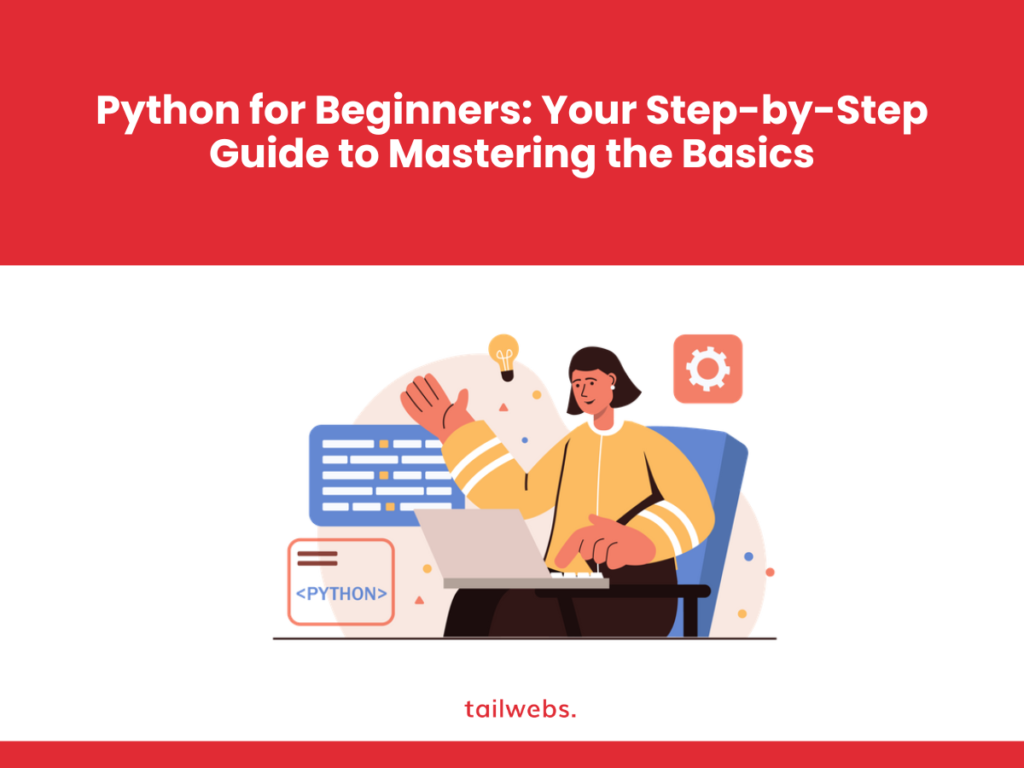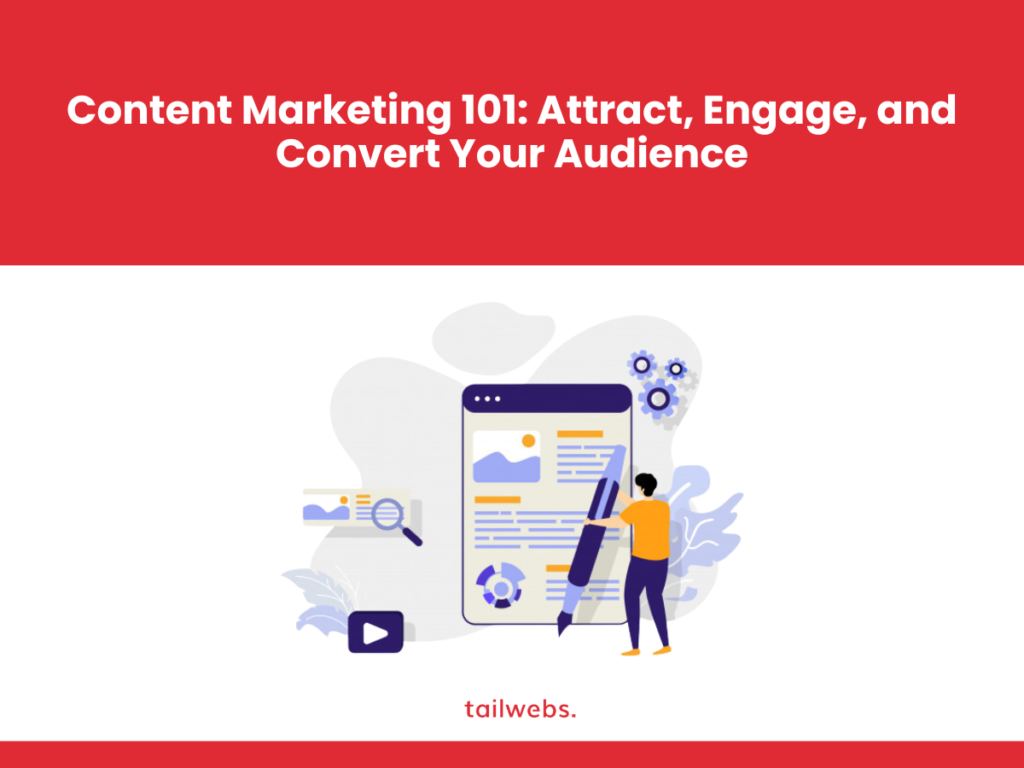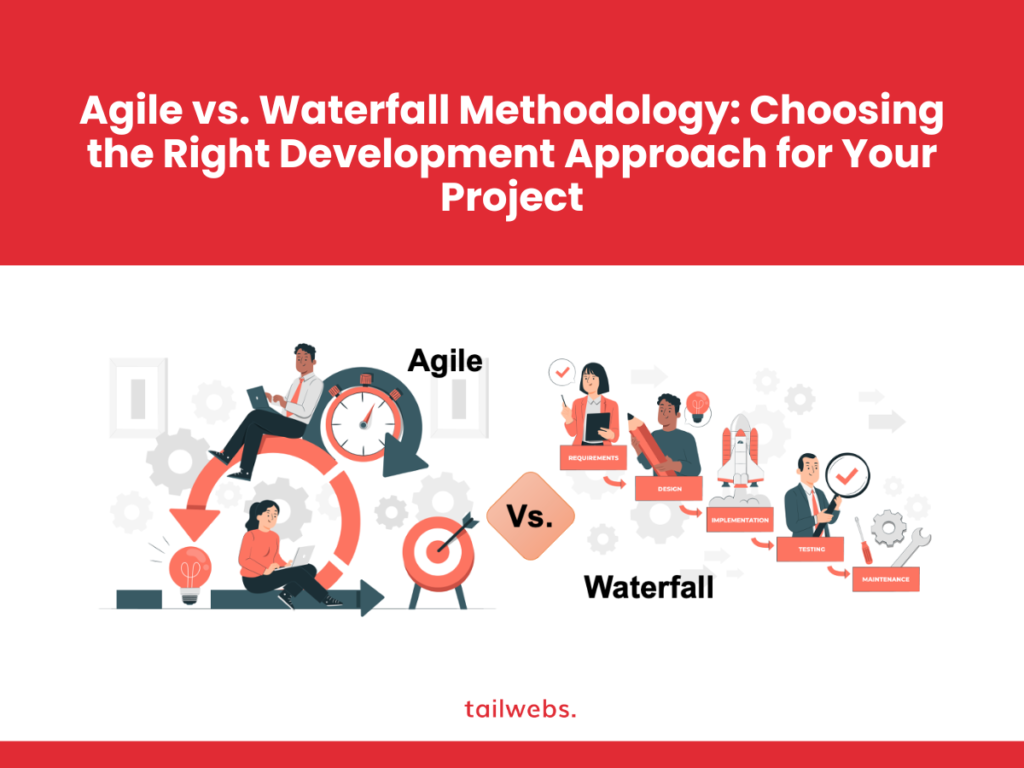In today’s mobile-first world, navigating the labyrinth of app development options can feel like unravelling a Rubik’s cube. Native apps, hybrid apps, and progressive web apps (PWAs) each offer unique benefits and drawbacks, leaving developers and businesses with a critical question: Which approach reigns supreme for my next app?
To illuminate this path, let’s delve into the distinct characteristics of each app type, equipping you with the knowledge to make an informed decision for your specific needs.
Native Apps: The King of Performance and User Experience
Built for specific platforms (iOS or Android):
This allows them to leverage the full potential of a device’s hardware and native features, resulting in smooth performance, fast loading times, and intuitive user experiences tailored to each platform.
Rich functionality:
Access to the device’s camera, microphone, GPS, and other native features like offline functionality is readily available, opening up doors for immersive and feature-rich app experiences.
Mature development ecosystems:
Robust developer tools, vast documentation, and extensive communities make development relatively faster and smoother.
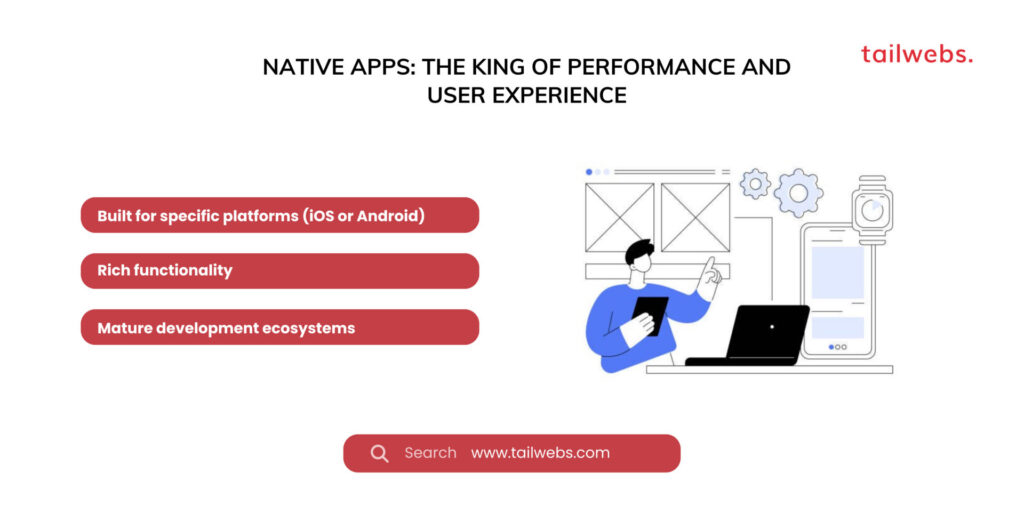
Native Drawbacks: The Thorns in the Rose Garden
Fragmented landscape:
Developing separate apps for different platforms (iOS and Android) increases development time, cost, and maintenance overhead.
App store dependence:
Getting your app approved and listed on app stores can be a complex and time-consuming process, potentially delaying your launch.
Limited access to new features:
New device features and operating system updates might not immediately be available within your app, requiring time-consuming updates to integrate them.
Hybrid Apps:
The Melting Pot of Technologies
Cross-platform compatibility:
Built with web technologies like HTML, CSS, and JavaScript, hybrid apps run on diverse platforms without platform-specific development, reducing development time and cost.
Offline access (limited):
Some hybrid frameworks allow for caching data and functionalities for offline use, offering a hybrid experience.
Leveraging web technologies:
Developers familiar with web development can easily transition to building hybrid apps, reducing the learning curve.
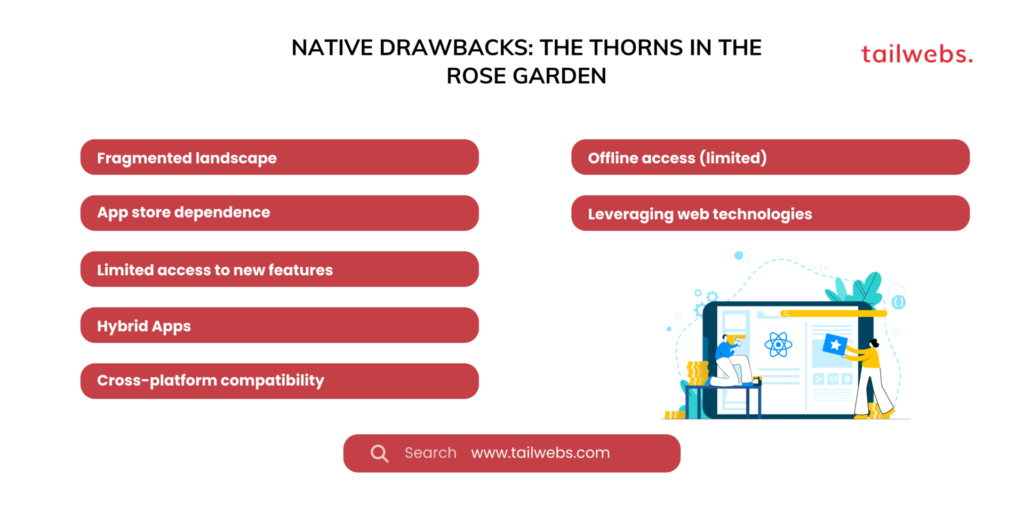
Hybrid App Hiccups: The Grains of Sand in the Gears
- Performance compromises: Hybrid apps generally offer lower performance compared to native apps due to the reliance on web technologies and device emulation.
- Limited access to native features: Certain native features like the camera or microphone might require additional plugins or workarounds, creating potential compatibility issues.
- Complex development for advanced features: Achieving some advanced functionalities might require platform-specific native code integration, negating the cross-platform benefit.
Progressive Web Apps: The Web App’s Evolution
Offline-first mentality:
PWAs are designed to work offline whenever possible, caching data and functionalities for seamless user experience even without an internet connection.
Native-like experience:
With service workers and manifest files, PWAs offer functionalities like push notifications, home screen installation, and offline access, blurring the lines between web and native apps.
Discoverability:
As web apps accessible through any browser, PWAs benefit from search engine optimization, potentially reaching a wider audience than app stores alone.
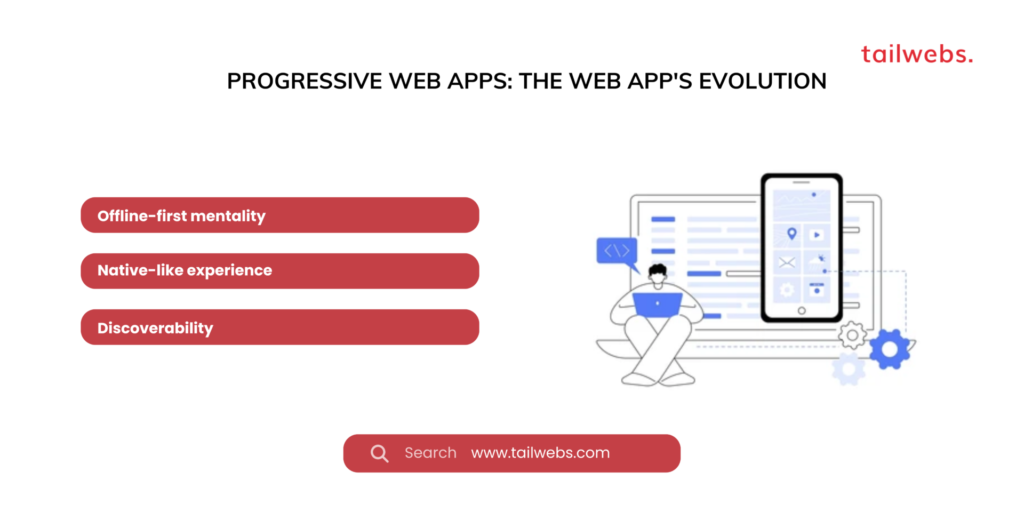
PWA Pitfalls: The Cracks in the Foundation
Limited device features:
Access to certain native features like sensors or advanced hardware capabilities might be unavailable or limited compared to native apps.
Platform inconsistencies:
While PWAs are rapidly evolving, browser support and feature availability can vary across different platforms and devices.
App store limitations:
While some app stores are starting to list PWAs, discoverability within them might not be as prominent as native apps.
Choosing the Right Path:
Unveiling the Hidden Compass
Now, with a clearer understanding of each app type, we can navigate the decision-making maze:
For the ultimate performance, native-like experience, and access to cutting-edge features: Native apps reign supreme, especially for resource-intensive or feature-rich applications.
For cross-platform compatibility, faster development times, and cost-effectiveness: Hybrid apps offer a compelling solution, particularly for simpler apps or those targeting a broad audience across diverse platforms.
For offline functionalities, discoverability through web searches, and a web-first approach: PWAs shine, especially for content.
Choosing the Right Path:
Unveiling the Hidden Compass (Continued)
For content-driven apps, brand experiences, or single-page applications:
PWAs shine, especially for content-driven apps, brand experiences, or single-page applications where offline access and discoverability are key.
For complex enterprise applications with strict security requirements:
Native apps might be the safest choice due to their inherent sandboxing and platform-specific security features.
For budget-conscious projects or MVPs:
Hybrid apps or PWAs can be more cost-effective solutions to quickly test the market and get user feedback.
Ultimately, the optimal path depends on your specific needs, target audience, budget, and desired functionalities. Consider these factors:
App complexity:
Complex apps with rich features might be better suited for native development.
Target audience:
If your audience resides on specific platforms, native apps for those platforms might be ideal.
Budget and timeline:
Hybrid apps and PWAs can be faster and cheaper to develop than native apps.
Offline requirement:
PWAs excel at offline functionality, while native apps offer more extensive native feature access.
Long-term vision:
Consider future updates and feature additions to choose an adaptable development approach.
Tools for Your Journey:
The Trusted Map and Lantern
To further illuminate your decision-making, explore these resources:
- Crosswalk: https://github.com/crosswalk-project (framework for hybrid apps)
- Ionic: https://ionic.io/ (popular hybrid app framework)
- Flutter: https://flutter.dev/ (hybrid app framework with native-like performance)
- Google Lighthouse: https://developer.chrome.com/docs/lighthouse (web app auditing tool to assess PWA potential)
- Web App Manifest Generator: https://web.dev/learn/pwa/web-app-manifest (create a PWA manifest file)
Remember, the journey to the perfect app development approach is a collaborative one. Consult with your team, developers, and target audience to gather diverse perspectives and ensure your chosen path leads to a successful and thriving app.
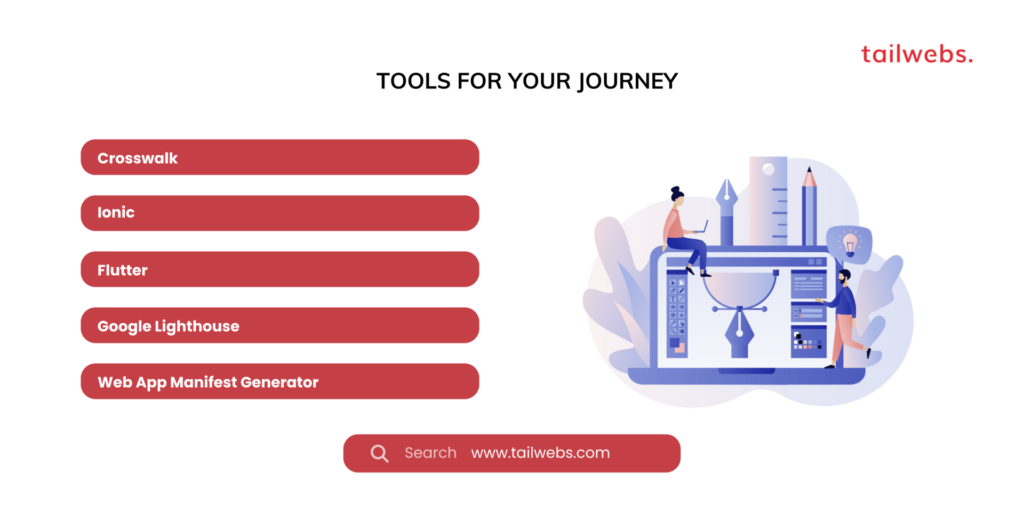
Beyond the Technical Maze: Embracing the Human Touch
You can also delve deeper into specific app types by providing technical details, showcasingWhile technology plays a crucial role, the human element remains paramount. Focus on user experience, design thinking, and delivering value to your audience. Regardless of your chosen development approach, prioritise user needs, intuitive interfaces, and a seamless journey through your app.
Congratulations! You’ve taken a giant leap towards understanding the nuanced world of app development choices. By wielding the knowledge gleaned from this guide and exploring the resources provided, you’re now equipped to confidently navigate the complex world of native, hybrid, and progressive web apps, ultimately selecting the path that leads to crafting a remarkable app experience for your users.

